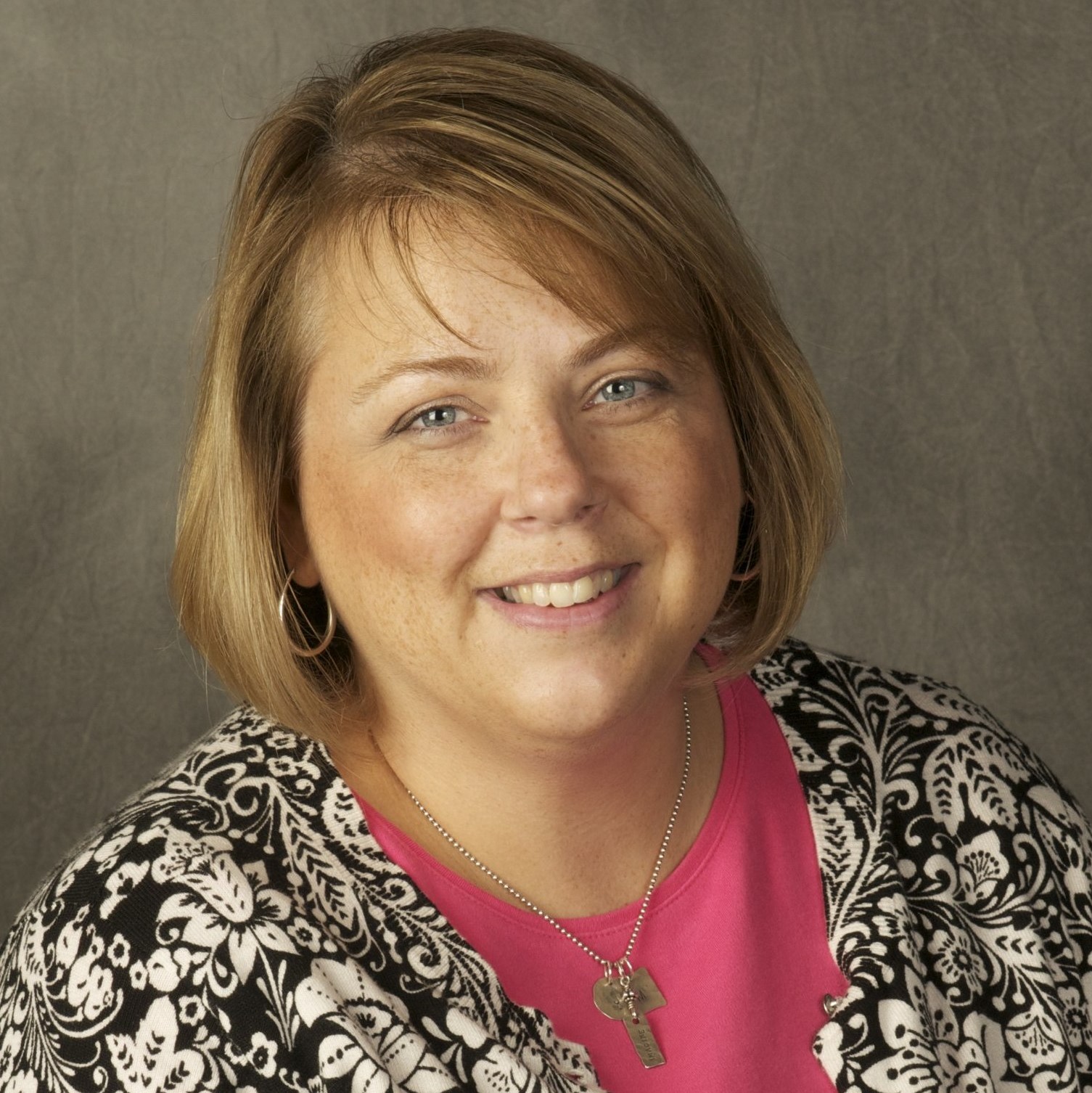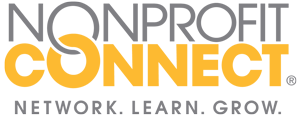CRM and Beyond

Nonprofit Connect is bringing 10 CRM vendors to Kansas City on October 25 as part of our Database Expo. Use Promo Code EXPO for a $5 discount on your registration. Learn more and register.
There has been a buzz lately about Constituent Relationship Management (CRM) systems and many nonprofits want more information on the benefits of using them in their organizations. A CRM solution helps you treat each of your constituents as a whole person, allowing you to see how you have engaged with them in the past while also showing how they relate to your organization and each other. When you have all their data in the same place, you can clearly see who this person is, thank them for their donations, and facilitate a deeper relationship between your organization and your constituent.
A CRM can efficiently decrease the number of systems employees must learn and manage. With one CRM, staff can use on one consolidated system, saving time and effort. To be fair however, a CRM system is more than just your technology, although that is an important component. It is also your people and your processes.
CRMs are appealing. A way to track all your supporters in one place, who wouldn’t want that? In practice, though, these systems often need substantial customization to meet real-life needs. This is especially true if your organization supports multiple, complex processes -- you track client records at a health clinic and provide complicated event management – such systems can require a lot more effort than was envisioned. Each one presents different strengths and weaknesses. It is important to clarify what you need for your processes and what is important to your organization, so you can choose a system that is best for your needs.
What does CRM mean to you?
For some organizations, CRMs include ticketing, auctions, invoicing, email blasts, and membership management. Others focus on grant writing and managing relationships with program officers at funder organizations. It is important to understand the functionality you need and your priorities to avoid buying a system that is more complicated (and more expensive) than necessary. It is equally important to select one that has flexibility to grow as your organization does.
What are you using now?
There is no shame in managing this information in an Excel spreadsheet. Not very long ago, rolodex and index cards were widely used. But at some point, the sticky notes framing the computer screen just aren’t enough. You realize that you can really benefit from a system to support you.
Knowing when to add a CRM – and which one -- is important. Jumping in too soon can lead give uneven use and spotty results, which is frustrating. Starting too late, probably means a lot more manual work as items are updated, repeatedly – and a different type of frustration.
How to begin?
CRM software was built as a tool for companies to manage their sales and marketing processes. It was built off those old rolodex and business cards. CRMs hang on to that focus on contacts, but with advancements in technology and the power of personalized messaging, anyone using a CRM can build stronger relationships and track and plan interactions to solidify relationships. With email tracking and document management, invoicing and billing, and data dashboards, there doesn’t seem to be anything a CRM can’t improve. With so much mission-critical need, it was only a matter of time before CRMs gained popularity in the nonprofit sector.
As the CRM software market has grown, it has become harder than ever to choose the right system for your team. To distinguish among them and find the right product for your organization, it helps to look at what they are designed to do and evaluate things like customer support and your own IT infrastructure.
Things to consider
What processes do you use to support your constituents?
For each type of constituent, think about the processes you need to serve them. Certainly, you try to get donors to continue giving, but you are probably doing more than that: you thank your donors and probably your volunteers as well. Try to consider the full engagement with a constituent and detail how you support each process.
Will an “out-of-the box” product be enough?
With your needs firmly in mind, consider how much of what you want to do is out-of-the box? How much will you need to customize, and how complicated is that customization? Do you have a staff member who can make edits every time you need to make a change to that product?
Can you create the reports you want?
Each CRM product has different reporting tools, and each its own unique limitations. Think about the reports you will need and confirm that the system you’re considering can meet your needs. Some reporting tools are simple and intuitive. Other solutions are complicated, even for techies. Make sure your staff who will create the reports are knowledgeable enough to use the interface.
Can you access the system from wherever you are?
The world is moving to cloud-based technologies, which means they are available anywhere you have Wi-Fi. It is more and more likely that your staff will access the system from a phone or tablet. Here again, some systems are mobile enabled with interfaces to support these smaller screens. If this is a priority, make sure the system you choose can support it.
Can you create the communications you need?
Email and print communications are very important to most nonprofits, but the CRM systems tend to have less built-in support than tools like donor management systems, for instance. Think through how you’ll send broadcast emails and what the process will be for creating mail-merged letters from each system, and make sure you’re comfortable with the level of support.
Can your staff use the system?
It doesn’t matter how powerful the system is if your staff can’t figure out how to use it. Compare your options for ease of use, looking specifically at the processes that will be done with the most frequency by the widest number of people. It’s always useful to pull some of the people who will use the system into your selection process, including demos of the systems, for their input. Pay special attention to those who are not particularly technically savvy.
Who will support the package?
Free and open source systems tend to require a different mindset about support than more traditional vendor-supported systems. There probably isn’t a vendor you can call if you have a question—instead, you’ll need to either train a staff member to learn to support it or hire a consultant to provide support. Either way, think through how complicated it’s likely to be to find someone appropriate, both now and in the future.
Author Kim Foster is an advisor to giving organizations and the nonprofits they fund. From her first job out of college, Kim has been entrenched in the nonprofit sector. She has gleaned lessons from her grant making experience with the National Endowment for Democracy, the Ewing Marion Kauffman Foundation, and the Francis Family Foundation. Her expertise spans finance and investments, strategic planning, database management, data migration, process improvement, and streamlining. Drawing on more than 25 years of experience and observations made during partnerships with nonprofits, Kim provides guidance to refine and improve process and data use for foundations and nonprofit organizations to best navigate the ever-changing legal and tax obligation landscape. Recommendations are grounded in best practices and emerging trends in philanthropy that are customized for clients’ specific culture and environment. Kim is committed to win-win relationships between funders and nonprofits and advocates for opportunities to streamline processes and harness technology to reduce the burdens on the staff of both organizations. Kim received a bachelor of arts degree from Hope College in Holland, Michigan and received an MBA from the University of Missouri-Kansas City.

